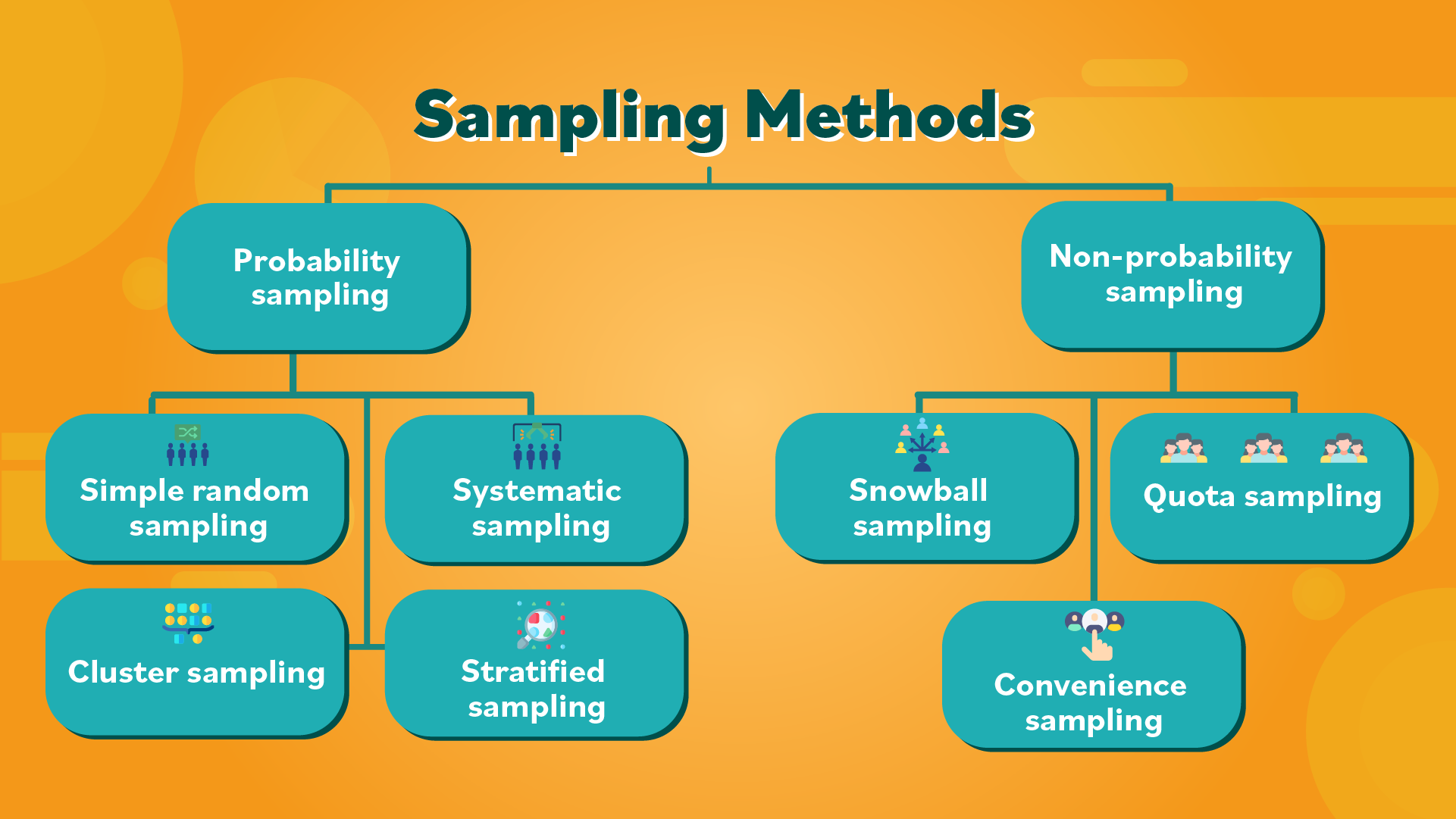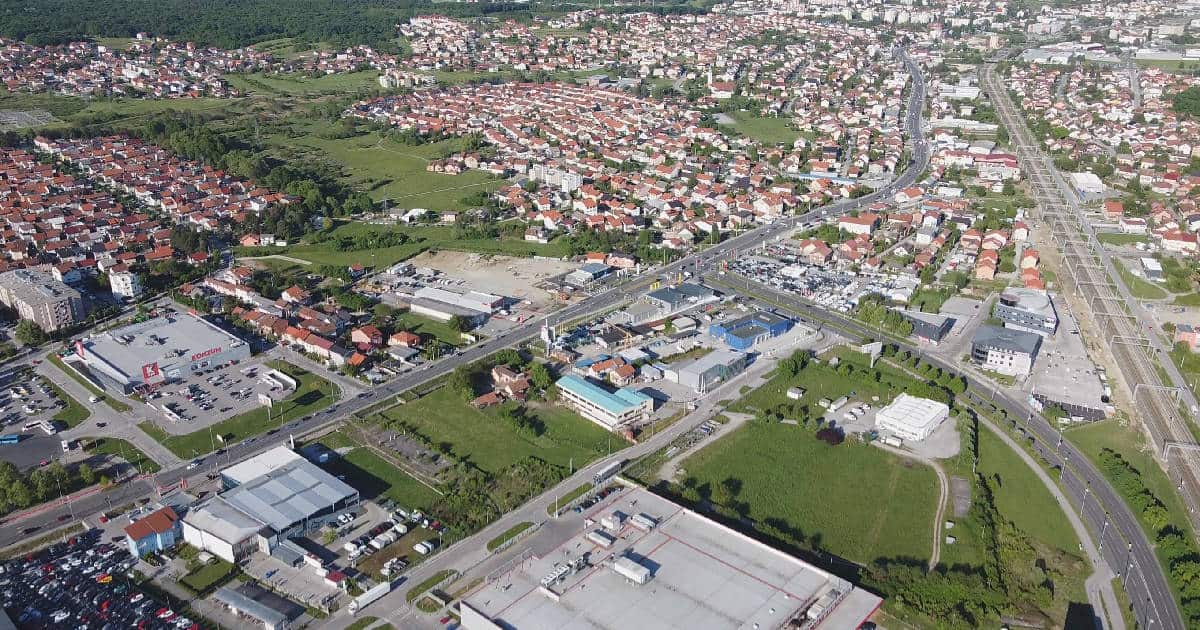Understanding Alternative Technology: Definition, Applications, and Access
Introduction
As global awareness of environmental issues grows, more individuals and organizations are seeking out technology solutions that minimize environmental impact and foster sustainable development. This pursuit has led to the rise of alternative technology -a term that signifies approaches designed to be less harmful to the environment than traditional, dominant technologies. Understanding what alternative technology is, how it works, and how you can access or implement it is essential for anyone interested in responsible innovation and long-term ecological well-being.
What Is the Definition of Alternative Technology?
Alternative technology
is defined as
a form of technology that is less harmful to the environment than the usual or current form of technology
[1]
. This term was first coined in the 1970s and is associated with technologies that are safer, cleaner, and more efficient than mainstream options
[2]
. The core goal of alternative technology is to provide practical solutions that maintain or improve function while reducing negative impacts on people and the planet.
Alternative technologies often use renewable energy sources (such as solar or wind power), draw on common materials to avoid resource scarcity, and prioritize health and sustainability. Examples include solar panels, wind turbines, composting systems, and electric vehicles [2] .
Key Characteristics and Dimensions of Alternative Technology
To fully grasp the scope of alternative technology, it’s important to understand its defining characteristics:
- Environmental Friendliness: The primary focus is on reducing harm to ecosystems, whether by cutting emissions, minimizing waste, or conserving resources.
- Resource Efficiency: Alternative technologies often use fewer rare or critical materials, making them less susceptible to resource shortages [3] .
- Innovative Design: Many alternative technologies arise from rethinking traditional methods, utilizing new materials or processes to achieve the same results more sustainably.
- Decentralization: Some alternative technologies are designed for local use and control, as opposed to large, centralized systems [4] .
- Social and Ethical Considerations: These technologies often reflect values such as autonomy, community empowerment, and social responsibility.
Alternative technology can also be categorized by its approach. For instance, it may involve replacing a polluting process with a cleaner one, improving the efficiency of an existing technology, or designing products to use abundant materials rather than scarce ones [3] .
Examples and Real-World Applications
The concept of alternative technology is broad and includes many familiar innovations:

Source: pediaa.com
- Solar Panels: Convert sunlight into electricity, reducing reliance on fossil fuels and decreasing greenhouse gas emissions. Solar installations are now widespread in homes, businesses, and utility-scale projects.
- Wind Turbines: Harness wind energy to generate electricity without emitting pollutants. Wind power is increasingly common in both rural and urban settings.
- Composting Systems: Transform organic waste into nutrient-rich soil amendments, reducing landfill use and closing resource loops.
- Electric and Alternative Fuel Vehicles: Use battery or alternative fuel technologies to cut tailpipe emissions and dependence on oil [2] .
- Greywater Recycling: Treats and reuses water from sinks, showers, and laundry, conserving water resources and lowering utility costs.
These examples demonstrate that alternative technology is not limited to a single industry or application. Instead, it is a mindset that can be applied to energy, transportation, agriculture, manufacturing, and even information technology.
How to Access or Implement Alternative Technology
Whether you are an individual, a business, or a community organization, there are actionable steps you can take to access or implement alternative technologies:
- Research Available Solutions: Begin by identifying your specific sustainability goals. For home energy, look into solar or wind systems. For waste reduction, explore composting or recycling programs.
- Evaluate Feasibility and Cost: Many alternative technologies have upfront costs but can lead to savings over time. Consider government or utility incentives, rebates, or financing options. You can typically find these through official local government or energy provider websites by searching for “renewable energy incentives” or “energy efficiency programs” in your area.
- Consult Professionals: For installations involving solar, wind, or other technologies, contact certified professionals. Many manufacturers and contractors are listed on industry association websites, such as the Solar Energy Industries Association (SEIA) or the American Wind Energy Association (AWEA).
- Community and Cooperative Initiatives: Some alternative technologies are more accessible when pursued collectively. Community solar gardens, car-sharing programs, or neighborhood composting can spread costs and benefits among multiple participants.
- Continuous Learning: Stay informed about advancements and best practices. Reputable organizations, such as the U.S. Environmental Protection Agency (EPA) , provide resources and updates on sustainable technology options [5] .
If you are interested in financial assistance or technical support, you may contact your local government’s sustainability office or utility provider. Many offer direct support for alternative technology adoption.
Potential Challenges and Solutions
While alternative technologies offer numerous benefits, there are challenges to consider:
- Higher Initial Costs: Upfront expenses for technologies like solar panels or electric vehicles can be a barrier. However, tax credits, rebates, and financing can offset these costs over time. Check with your state energy office or visit manufacturer and utility websites for current programs.
- Knowledge Gaps: Some users may lack information about how to use or maintain new technologies. Many organizations provide free or low-cost training and educational materials. The EPA and Department of Energy offer guides and technical assistance.
- Availability of Materials: While alternative technologies often use common materials, some components (like lithium for batteries) may still face supply constraints. Ongoing research seeks to develop even more sustainable alternatives.
- Integration with Existing Systems: Retrofitting older buildings or infrastructure can be complex. Professional assessments and phased implementation strategies can ease the transition.
Alternative Approaches and Future Directions
The field of alternative technology is rapidly evolving. Researchers and innovators continually seek new materials and designs to further reduce environmental impact. For example, advances in battery technology are making renewable energy systems more practical and affordable [3] . Other areas of focus include:
- Decentralized Power Grids: Microgrids and community energy projects enhance resilience and autonomy.
- Biodegradable Materials: New polymers and composites reduce waste and pollution.
- Smart Technologies: Sensor networks and data analytics optimize efficiency in energy, water, and transportation systems.
To stay updated on the latest developments, follow established organizations, professional associations, and government agencies. Attending local sustainability workshops or joining relevant online forums can also connect you with resources and expertise.
Summary and Key Takeaways
Alternative technology encompasses a wide range of environmentally friendly innovations designed to replace or improve upon conventional technologies. By prioritizing sustainability, efficiency, and social responsibility, these solutions support a healthier planet and more resilient communities. Implementing alternative technologies may require research, investment, and collaboration, but numerous resources and pathways exist to help you get started. Explore local government programs, industry associations, and reputable agencies for information, incentives, and professional guidance. As the field continues to grow, staying informed and adaptable will be key to maximizing the benefits of alternative technology.

Source: lawfulrebel.com
References
MORE FROM couponito.com













